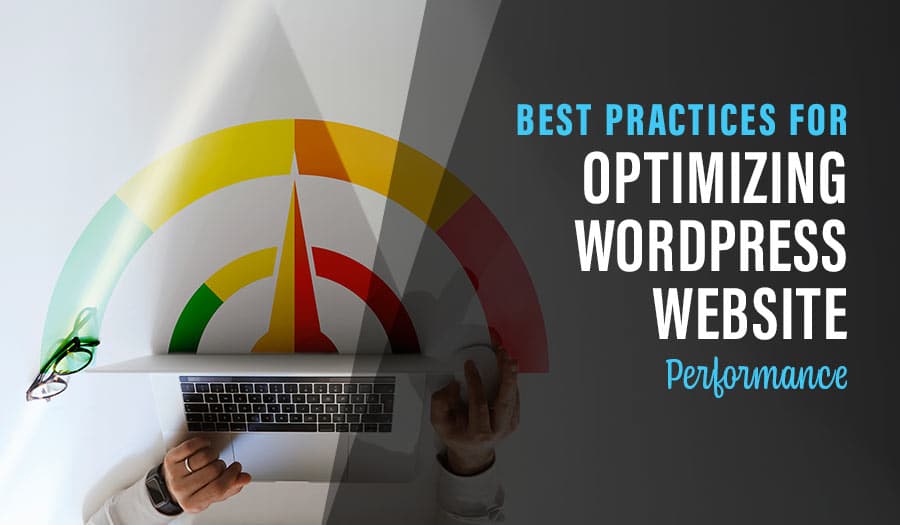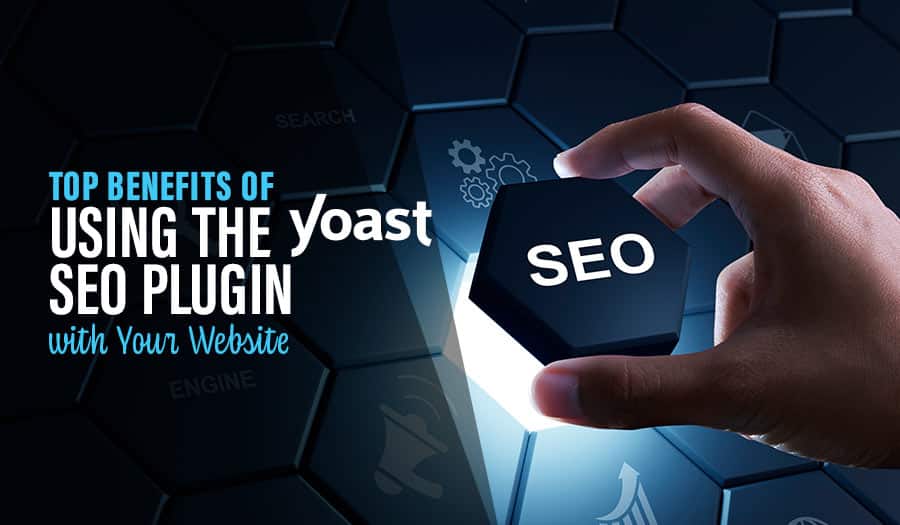WordPress is one of the most popular site-building and content-management systems available today. Though it’s fairly easy to use and set up, there are still a few things you can do to ensure optimal performance for your WordPress website. In this blog post, we’ll share some of the best practices for optimizing your WordPress site performance. By following these tips, you can help ensure that your site runs smoothly and efficiently, providing a better experience for your visitors. Let’s look at the Best Practices for Optimizing Your WordPress Website Performance.
Best Practices for Optimizing Your WordPress Website Performance
- Keep your WordPress site up to date – both the core software and any plugins you might be using.
- Use a caching plugin to speed up page loading times
- Optimize your images before uploading them to your website
- Minimize the use of external scripts and stylesheets
- Use a content delivery network (CDN) for static files.
- Enable Gzip compression for even further performance gains
Best Practices for Optimizing Your WordPress Website Performance
1. Keep your WordPress site up to date – both the core software and any plugins you might be using.
WordPress is an incredibly popular website and theme builder, so it’s essential to keep your WordPress site as up-to-date as possible. WordPress regularly releases updates to the core software that contain bug fixes and other improvements, and regularly updating WordPress ensures that you have the latest and most secure version. Plugins can also be installed in WordPress, which add functionality, but they can leave you vulnerable to security threats if not kept up to date. Ensure that WordPress is always up-to-date, along with any plugins you may be using, for maximum website security and performance.
2. Use a caching plugin to speed up page loading times
Enhancing your website’s performance is essential to keep visitors engaged, and one of the best ways to do so is by utilizing a caching plugin. Caching plugins store files that are requested by visitors on the server, so they don’t have to be rendered with each request. This significantly reduces server usage and improves page loading times, allowing visitors to get information faster. Some popular caching plugins include WP Rocket, WP Super Cache, W3 Total Cache, and Comet Cache — all of which are suitable for many websites.
By implementing a caching plugin today, you can help keep your visitors happy while significantly improving your website’s performance!
3. Optimize your images before uploading them to your website
Optimizing images for your website can have a tremendous impact on the user experience as well as the speed of your site. Before uploading an image to your website, it should be compressed and resized to ensure it takes up minimal storage space while being displayed at the necessary resolution. Lossless or lossy compression algorithms are both options when compressing images, but with lossy compression, you may lose some image quality until you reach the desired size-to-quality ratio.
Furthermore, you should use web-friendly file formats such as JPEG or WebP when saving images intended for websites. This will improve page loading time and reduce expensive server resources used to store and serve large files. Finally, implementing an automated system to preprocess images as they are uploaded is definitely worth considering if you expect your website to receive high amounts of traffic or uploads.
4. Minimize the use of external scripts and stylesheets
Reducing the number of external scripts and stylesheets you use for your website or web application is one of the most effective ways to improve performance. By consolidating multiple files into a single file, you can minimize the number of HTTP requests, reducing overall loading times and improving user experience. In addition, minimizing the size of the necessary files by minimizing code and removing any unnecessary content is key to keeping loading times low.
Keeping an organized and well-maintained directory will not only reduce the time needed to find a specific file but also optimize it during delivery to its destination. Therefore, reducing the number of scripts and stylesheets on your website is advisable for creating a faster and smoother end-user experience.
5. Use a content delivery network (CDN) for static files.
When it comes to serving static files quickly, using a content delivery network (CDN) is essential. A CDN takes your static assets, such as images, fonts and JavaScript files, and serves them from its locations around the world so they are closer to the user’s location. This helps reduce the loading times of web pages by ensuring that users don’t have to load these files from across the globe. Additionally, it can help save you bandwidth costs since fewer data would be served directly from your server.
Finally, another benefit of a CDN is improved scalability and protection against traffic spikes because they are designed to handle high traffic volumes with ease. Implementing a CDN for static files can give your website huge performance gains and ensure hassle-free handling of large-scale traffic.
6. Enable Gzip compression for even further performance gains
By enabling Gzip compression, you can further optimize your website’s performance. Gzip compresses web files into smaller packages, resulting in faster loading times and improved overall experience for website visitors. Moreover, Gzip will significantly reduce the size of your files, allowing them to be delivered much faster than when uncompressed.
Furthermore, Gzip has been proven to drastically reduce page loading times, which benefits your user experience and search engine rankings. Consequently, enabling Gzip compression is a simple step that can produce big results in terms of performance gains for your website.
Updating your WordPress site regularly is crucial to keeping it secure and ensuring optimal performance. By following the tips in this blog post, you can speed up your website loading times and improve your SEO. If you want help keeping your WordPress site up-to-date, or need assistance with any of the optimization techniques mentioned above, contact us today. Our team of experts would be happy to assist you!
Take your business to the next level with a Pixel Fish Website.
Check out some of our latest Website Design projects.
View some case studies of our website design work:
CNS Precision Assembly
ARC Global Wealth
Stanfield IT
Belrose Hotel
Customconstruction
More Reading
WordPress for Small Business: A perfect match
How to Create the Perfect WooCommerce Website
How to effectively Market Your B2B Business Website
17 Unbeatable Website Promotion Strategies
5 Steps on How to Optimise Your Website Images for Online Success
What is a CDN? See how a Content Delivery Network can help your site
How to Keep Your WordPress Website Running Fast
How to Scale Your WooCommerce Website as Your Business Grows
12 Steps to Shift Your Business to an Online Delivery Model Business
5 Small Business Social Media Best Practices You Should Know



